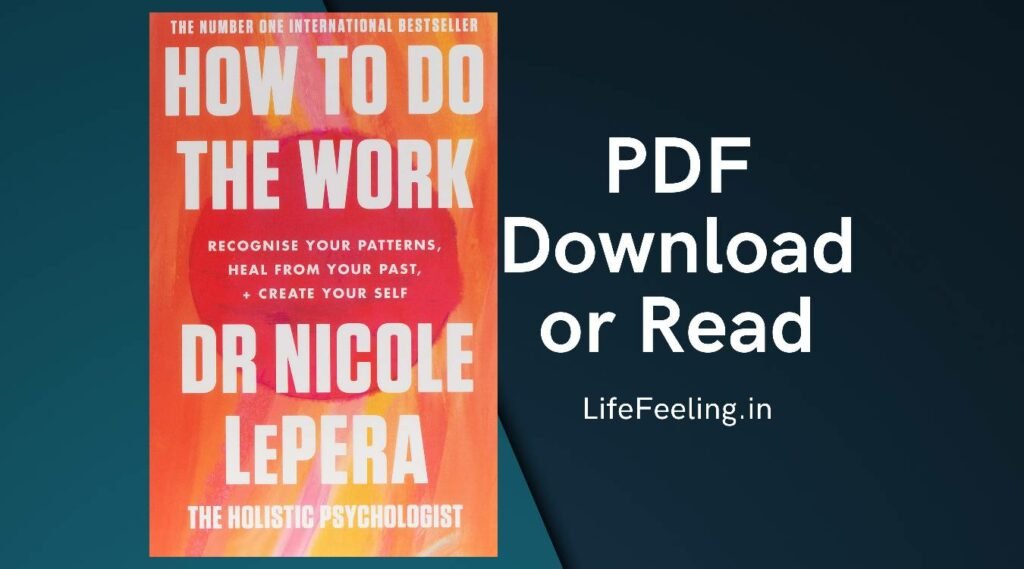

After time, you recognize this as anxiety. What feelings are coming up for you as you think about your work day? What’s causing them?įor example, your chest might tighten when you think about a certain meeting. Scan from head to toe-what muscles are tight? Does your body feel heavy or light? Do you feel low energy? Maybe do this after you’ve gone through your tasks and schedule for the day. Step 1: Before you start your work day take 1 – 2 minutes to check in with yourself. LePera has a few exercises at the end of chapter 2 that help with this (pg. To start to do this you need to develop your attention muscle. I’ve said it once and I’ll say it again––eating lunch at your desk is not a break even though it may ease the anxiety of missing a message! But, if we fall into negative habits or routines that solve short-term problems like immediate stress (think procrastination), we harm ourselves more than we help ourselves. We like routine and habit because it helps us conserve energy and soothe that homeostatic impulse. When there’s dysregulation the imbalances can be problematic and even self-betraying,” (pg. She argues we aren’t making active choices and the reason we’re doing this is that we have a “homeostatic impulse that regulates our physiological functions from breathing to body temperature to heartbeat…The goal of the homeostatic impulse is to create balance. We’re reacting instead of acting intentionally think commuting home and suddenly realizing you’re in your driveway without remembering how you got there. In the first chapter, LePera makes the case that we’re all operating on autopilot. Progress can only happen when we understand our core beliefs and tell ourselves new stories.To build resilience you have to break your negative cycles and manage your stress.Becoming self-aware starts with getting off autopilot and noticing your thoughts and physical sensations.If you have New Year’s resolutions you just put down on paper, this book might help you uncover personal roadblocks and then provide tools to help you navigate them. There are still excellent pieces of information we can take and apply to how we show up in the workplace and balance our lives––because work is a part of life. It was helpful, but what works for some won’t always work for others.

I personally felt myself opening up to the concepts as I progressed further and further into the book and started to see some of my own experiences from a different lens. Because of that, there may be activities or topics that don’t resonate for some: meditation, future self-journaling, inner child work, etc. First things first, it’s important to note that ‘how to do the work’ in this case does not mean work-work (the one you spend many hours in meetings for), it means the work of taking care of yourself mentally, physically, and emotionally.


 0 kommentar(er)
0 kommentar(er)
